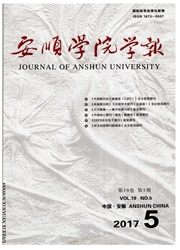

 中文摘要:
中文摘要:
[目的]探讨人工湿地中主要微生物的数量分布规律及其在污水处理中的作用与地位。[方法]通过对细菌等4类微生物的培养与观察,研究了上行垂直流黄菖蒲人工湿地中主要微生物的分布特点。[结果]黄菖蒲根部与填料表面单位面积微生物量比较,根部表面微生物总量是填料表面的15.32倍,细菌和放线菌则分别达17.14倍和19.84倍;细菌在植物根部表面、填料表面、湿地污水中分别占微生物总数的86.3%、77.2%、88.3%。[结论]湿地系统微生物数量在不同部位的分布呈显著差异,在植物根部聚集明显,其中细菌是污水生物处理的主体种群。
 英文摘要:
英文摘要:
[Objective] The aim was to explore the distributions of main microorganisms in constructed wetland of Iris pseudacorus L.and their function and position in wastewater treatment.[Method]Distributions of main microorganisms in the upstream vertical-flow constructed wetland of Iris pseudacorus was studied by training and observing 4 kinds of microorganisms.[Result]The total number of microorganisms on root surface in unit area was 15.32 times as many as that on filler surfacein,among them bacteria and actinomycete were 17.14 times and 19.84 times as many as those on filler surfacein,respectively.[Conclusion]The distributions of microorganisms are significantly different in different parts of wetland system,obviously on root surface.Bacteria are the main populations of biological wastewater treatment.
 同期刊论文项目
同期刊论文项目
 同项目期刊论文
同项目期刊论文
 期刊信息
期刊信息
